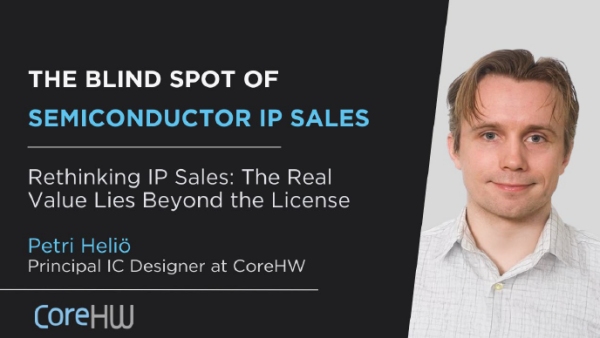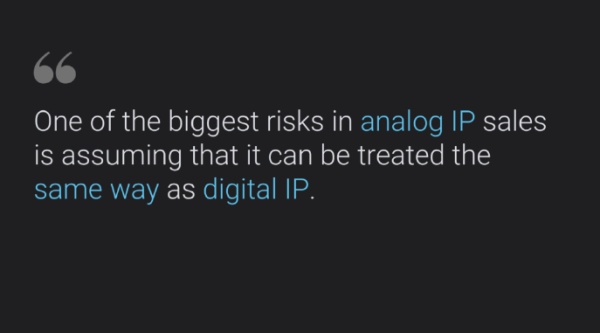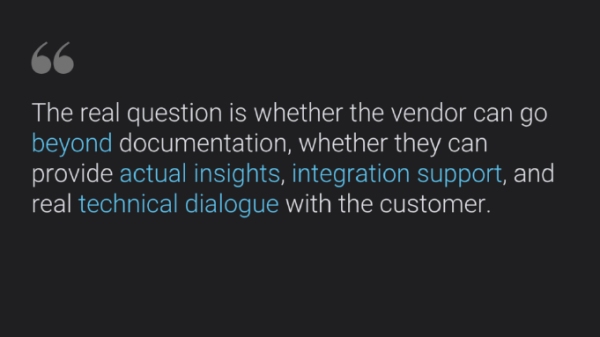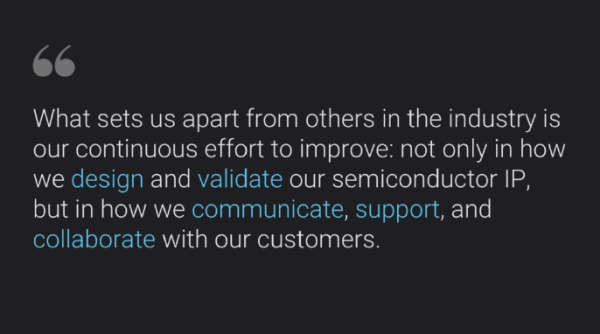
By Petri Heliö, Principal IC Designer at CoreHW
Semiconductor IP sales have changed dramatically over the past two decades. The volume has increased, and in the digital sector, processes have become refined and structured. Yet, analog IP remains a fundamentally more challenging and less standardized area, one where best practices are still evolving and where both buyers and sellers face significant hurdles.
With over 30 years in the IC industry, Petri Heliö, Principal IC Designer at CoreHW, has seen these changes firsthand. As one of CoreHW’s founding members, he has played a key role in defining how the company approaches IP development and sales. Looking at the broader industry, he sees clear gaps in how semiconductor IP is handled and believes that addressing them is critical for both customers and vendors.
The Challenge of Selling Semiconductor IP
IP sales today are dominated by digital products, where clear specifications, automation, and verification flows have helped make the process more streamlined. Digital semiconductor IP blocks are often easier to integrate and reuse, largely because the industry has established well defined methodologies to support their development and deployment.
Analog IP, however, does not have that same luxury. Its design is deeply tied to process variations, environmental conditions, and system level considerations, making it much harder to package as a one-size-fits-all solution.
Tero Kainulainen, CoreHW’s Director of IP Business and Business Development elaborates: “Unlike soft Digital IP that can be synthesized across a range of technologies, Analog IP must be hardened, custom designed and validated, for a specific silicon process node. This involves using predefined process options, which directly influence performance and limit the degree of portability. “ Kainulainen continues, “As a result, not only is the design effort higher, but customers must also align their integration and system requirements with the constraints set by the hardened IP’s process environment.”
While the demand for analog IP is strong, the way it is developed, sold, and integrated is still far from ideal. “It’s not just about having the technical ability to design analog IP, it’s about ensuring that the entire process, from development to sale, is structured in a way that makes the product usable for the customer,” Heliö explains. “That’s where a lot of companies struggle.”
One of the biggest risks in analog IP sales is assuming that it can be treated the same way as digital IP. Many in the industry have attempted to apply the same business models and sales strategies, only to find that analog IP requires far more than just a licensing agreement.

Why Documentation and Support Are Critical
One of the most overlooked aspects of semiconductor IP sales is documentation and support. While a schematic and a datasheet might seem like enough, they rarely provide the depth of information a customer needs to truly understand how the IP will behave in their system. This lack of clarity often leads to frustration and additional engineering efforts, sometimes to the point where integrating the semiconductor IP becomes more of a burden than a benefit.
“The situation becomes even more complex when multiple IP blocks from different suppliers are combined. Variations in design assumptions, interface expectations, and electrical requirements, such as clean supply voltages or precision reference signals, can result in subtle but critical performance degradations,” explains Kainulainen. “Without deep insight into each block’s dependencies and sensitivities, ensuring seamless interoperability becomes a major system level challenge.”
For semiconductor IP to be a viable long-term solution, it must be delivered with proper documentation, integration guidance, and post-sales support, if needed. Third party licensing adds another layer of complexity, as customers need to be certain what they are buying and how it will perform. “A datasheet doesn’t tell the full story,” Heliö points out. “The real question is whether the vendor can go beyond documentation, whether they can provide actual insights, integration support, and real technical dialogue with the customer.”
At CoreHW, this is something the team actively works towards. The company recognizes that selling semiconductor IP is not just about delivering a product, it’s about ensuring that the IP benefits the customer. This means refining not just the designs themselves, but the entire process around how IP is developed, documented, and supported.

Semiconductor IP Sales Should Be About Value
Perhaps the biggest flaw in the current IP market is the assumption that semiconductor IP can simply be sold as a product, a standalone entity that the customer must then figure out how to implement. In reality, successful semiconductor IP sales require a more collaborative approach, one where the vendor understands the customer’s needs and ensures that the IP aligns with their specific design goals.
This raises a fundamental question: should companies focus on offering a vast selection of semiconductor IP blocks, or should they invest in fewer, but higher quality, well-supported solutions? There is a need for both, but the real value might be to prioritize high value, well documented, and highly validated semiconductor IP solutions over sheer volume. This approach ensures that customers are not left struggling to make an IP block work in their design, but instead receive a well packaged, thoroughly tested product that meets their real-world requirements.
Crucially, the value doesn’t stop at delivery. Robust post-sales support, offered by experts who truly understand the IP and its context, is often the difference between first pass success and costly integration delays. From the customer’s perspective, allocating budget for premium support should not be seen as overhead, but as a strategic investment that reduces risk, accelerates time to market, and ultimately protects system performance.
“The semiconductor IP market is evolving, but it still has a long way to go,” say both Heliö and Kainulainen. Companies that develop and sell IP need to take greater responsibility for what they offer, not just in terms of design, but in ensuring that their semiconductor IP is truly usable. That means improving documentation, offering deeper technical insights, and committing to real collaboration with customers. As industry moves forward, companies that recognize these challenges and actively work to address them will be the ones that set the new standard for IP sales.
Why CoreHW Strives to Make a Difference
At CoreHW, we understand that delivering analog IP is rarely straightforward. What sets us apart from others in the industry is our continuous effort to improve: not only in how we design and validate our semiconductor IP, but in how we communicate, support, and collaborate with our customers. We aim to deliver solutions that are robust, well supported, and tailored to real-world needs. Our goal is to be a reliable and transparent partner in navigating the complexities of analog IP.

About Petri Heliö
Petri Heliö is a Principal IC Design Engineer at CoreHW with over 20 years of experience in RF, analog, and mixed-signal IC design. His expertise spans RF PLLs, data converters, test automation, and wireless systems. Petri has held technical and leadership roles in global semiconductor companies.
About Tero Kainulainen
Tero Kainulainen has been working for over 20 years in semiconductor industry. He started his career at Nokia and successfully managed the development of several ICs and RF Modules to mass production. After Nokia Mr. Kainulainen worked in RFIC and RF Project Manager roles at STMicroelectronics, ST-Ericsson and Ericsson. Before joining CoreHW Mr. Kainulainen worked at NXP as System Project Manager responsible of RF & IC development in Automotive Wireless Communication systems. Mr. Kainulainen is responsible of CoreHW IP Business and Business Development.
Looking to integrate IPs with confidence?
Partner with CoreHW to ensure your IP solutions are robust, well-documented, and supported from design to deployment. Contact us at sales@corehw.com or visit https://www.corehw.com/ip/ to start the conversation.
